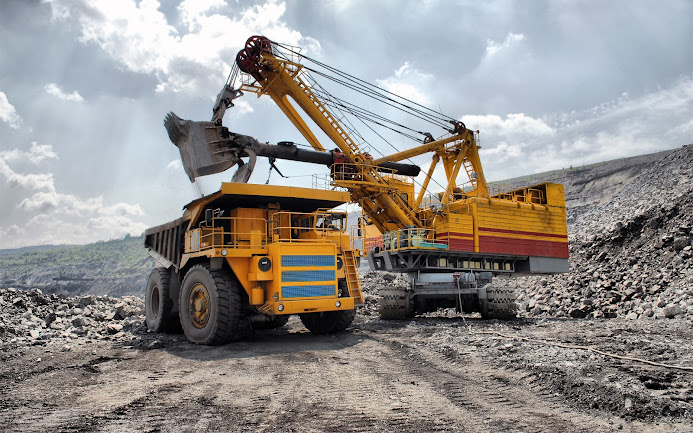Low Harmonic Drives: Benefits of Low Harmonic in Industrial Applications In Market

Low Harmonic Drives Electric drives play a crucial role in powering modern industrial machinery and processes. However, standard drives can generate unwanted harmonic currents that interfere with the proper functioning of equipment and electrical systems. Harmonics are distortions in the sine wave of the alternating current power supply. They are caused when nonlinear loads like variable frequency drives draw nonsinusoidal current from the mains. The most common harmonics are multiples of the fundamental supply frequency, such as the 3rd, 5th, 7th harmonics and so on. Too many harmonics can overheat transformers and motors, damage sensitive electronic equipment through malfunction, and even cause power quality issues on the utility grid if not properly mitigated. Types of Low Harmonic Drive Technologies To address the harmonic distortion introduced by standard drives, engineers have developed several low harmonic drive technologies: Active Front End Drives: These feature an activ



